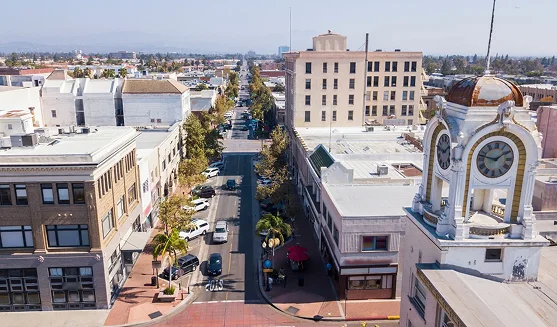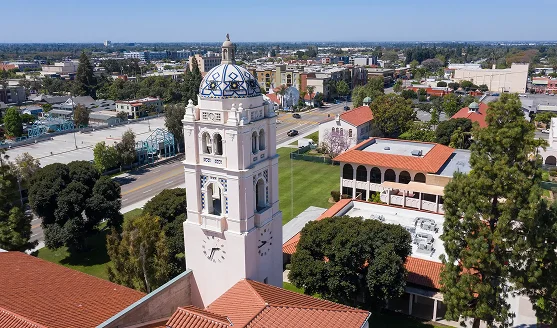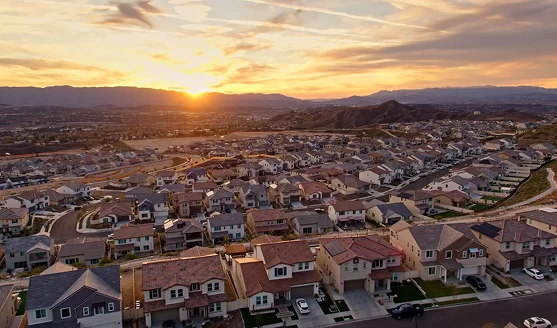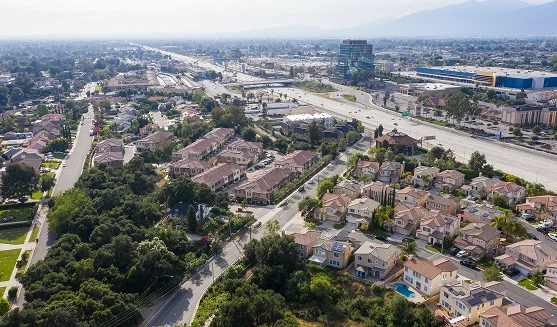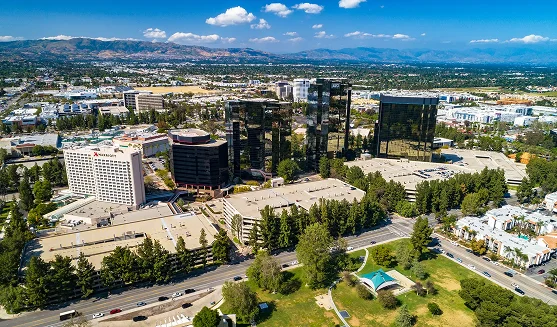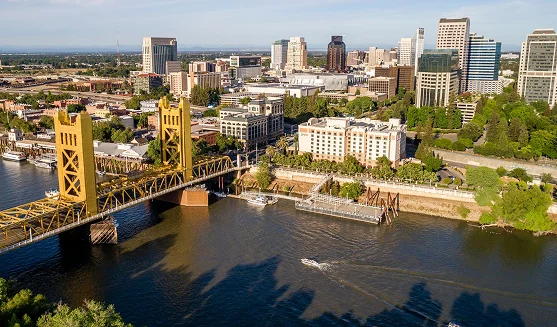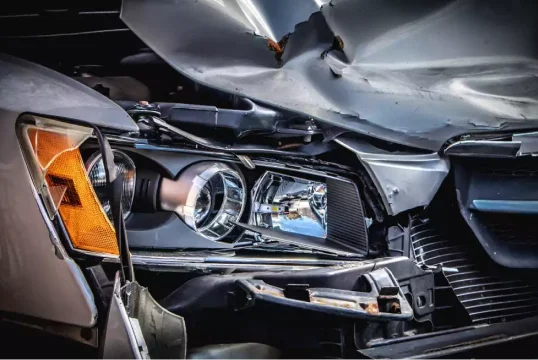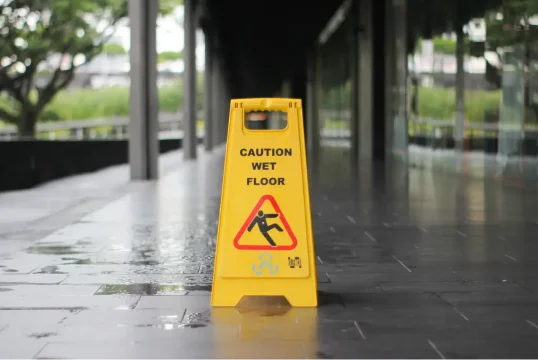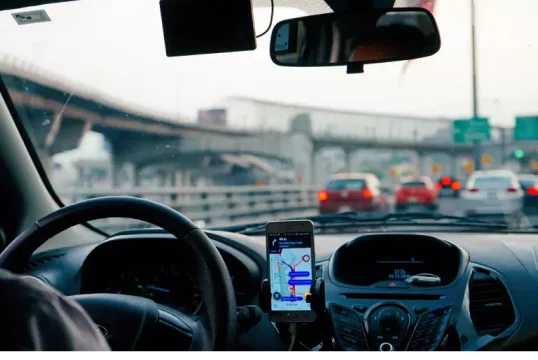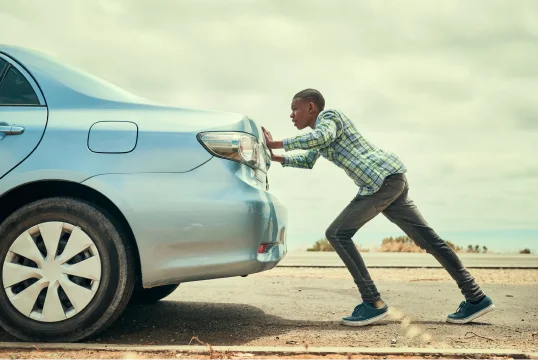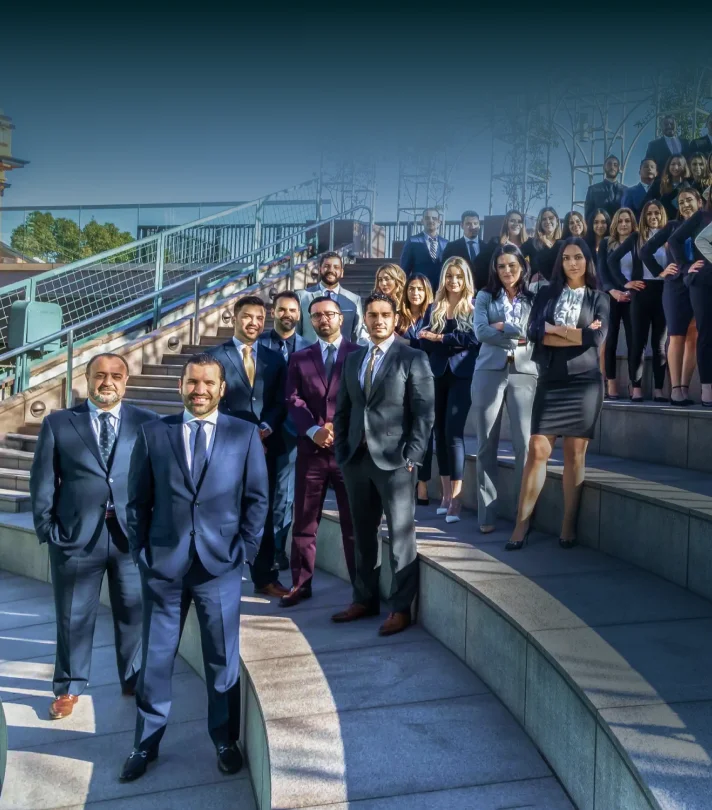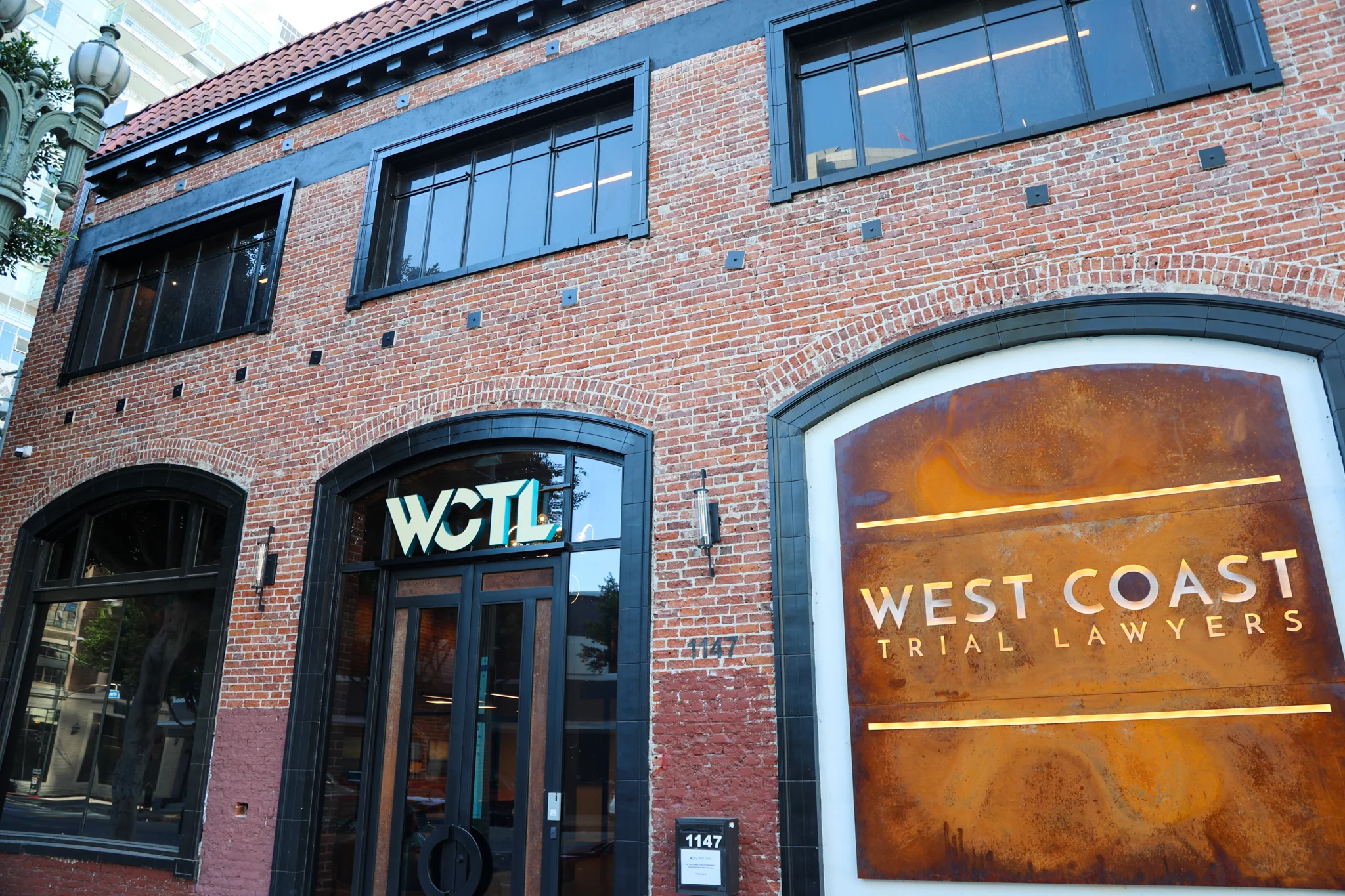Speeding is one of the most common causes of all traffic collisions throughout the entire country. It is considered a very dangerous form of aggressive driving, and is considered as one of the most destructive. There are so many reasons why anyone would choose to speed, but doing so increases the chances of getting into an accident and causing severe or life threatening injuries to be inflicted.
Despite decades of public safety campaigns and increased law enforcement efforts, speeding continues to kill thousands of people every year. However, there are still many drivers who ignore the maximum speed limit or fail to adjust their speed for traffic and weather conditions. If you or a loved one have suffered serious injuries in a speeding accident due to the negligence of another driver, you may be eligible to recover compensation for your injuries.
At West Coast Trial Lawyers, our team of attorneys understand how devastating a speeding-related accident can be and are ready to fight for your rights. We are a personal injury law firm with over 20 years of experience and our personal injury attorneys have the resources and dedication to help victims pursue justice and recover the compensation they deserve.
As a result of our commitment, we have recovered over $1.7 billion in financial compensation for our clients and we will continue to do our duty to watch out for our client’s best interest. Whether you were injured as a driver, passenger, pedestrian, or cyclist, we’re here to hold reckless drivers accountable for their actions.
To schedule a free consultation at our personal injury law firm, please contact our 24/7 legal team by calling (213) 927-3700 or filling out our quick contact form.
What are Speeding Accidents?
A speeding accident is a type of motor vehicle crash where at least one driver is traveling at a speed that is unsafe for the conditions, exceeds the posted speed limit, or both. This could include speeding in a school zone, going too fast during rain or fog, or accelerating in heavy traffic. In each scenario, speeding reduces the driver’s ability to perceive dangers in time to react, brake effectively, maintain control of the vehicle, and make safe decisions under pressure.
However, what makes a speeding accident truly dangerous is the force of impact when one vehicle collides with another. Depending on the speed and nature of the accident, this force is often enough to cause life-altering injuries, multiple-vehicle pileups, and fatal outcomes for drivers, passengers, pedestrians, and cyclists alike. Which is why there are multiple measures in place to prevent these types of accidents from ever occurring.
Speeding Statistics
According to a 2022 speeding report by the National Highway Traffic Safety Administration (NHTSA), 28% of all fatal car accidents can be directly attributed to speeding. Additionally, the National Safety Council has reported in a 2023 report that around 10,000 people succumb to fatal injuries from speeding accidents every year. While speeding is an entirely preventable behavior, the number of traffic offenses related to the act has only reduced in minimal amounts every year, indicating that speeding-related accidents will never be eliminated but certain steps can be taken to reduce the possibility of being involved in an accident.
Accidents and Injuries Caused by Speeding
When a speeding driver causes a collision, the outcome is often devastating. Vehicles traveling at high speeds generate enormous kinetic energy and the human body simply isn’t built to withstand that kind of trauma. As a result, the injuries sustained in these types of accidents are the leading cause of motor vehicle fatalities. For instance, victims of speeding accidents commonly suffer a range of injuries such as:
- Traumatic Brain Injuries (TBI)
- Spinal Cord Injuries
- Internal Injuries
- Broken Bones and Fractures
- Amputations
- Emotional Trauma and PTSD
Speeding Laws By State
Speeding regulations vary across the country, but most state laws have a combination of regulations defining absolute speed limits, basic practices, and degrees of punishment for violating the posted speed limits. With that in mind, it is important to understand your state’s stance on speeding and what kind of penalties are involved.
California
In California, drivers must follow absolute speed limits such as 65 mph on highways and 25 mph in residential areas. However, the Basic Speed Law or otherwise known as California Vehicle Code 22350 prohibits driving faster than is safe for current weather and road conditions and must always drive at a safe speed as dictated by the speeding limits.
Should any driver be caught violating the basic speeding laws, then they can be fined anywhere between $50 to $500 depending on how fast they were going and in which areas. Depending on the severity of the speeding violation, points can be added to your driving record and may result in license suspension or in severe cases potential jail time.
In California car accident cases, a speeding violation is strong evidence of negligence, which can be used to establish liability in personal injury lawsuits involving medical bills, lost income, and other damages.
Nevada
Nevada enforces both absolute and presumed speed limits and drivers must follow the basic speeding rules as outlined in NRS § 484B.600. However, if a driver was cited for speeding, they can argue in court that their speed was safe for the circumstances. If they cannot justify the act then they may face fines from anywhere up to $500.
It is important to note that Nevada has recently decriminalized speeding from a misdemeanor charge to a traffic violation as per Assembly Bill 116 in 2023. Despite this shift in classification, Nevada courts take speeding violations very seriously and depending on the nature of the accident, the courts may issue criminal penalties and heighten a defendant’s exposure to punitive damages.
Arizona
Arizona has clear statutory definitions for excessive speeding and criminal speeding as outlined in ARS §28-701. To be more specific, should a driver exceed 15 mph approaching a school crossing, 25 mph in a business or residential district, or 65 mph in other locations, the driver can be charged for a criminal speeding offense.
Criminal speeding in Arizona is classified as a Class 3 misdemeanor and penalties for this can include jail time for up to 30 days, fines up to $500, and an addition of 3 points to your driving record. Should the driver be convicted of a speeding misdemeanor, it will appear on their criminal record permanently.
Washington
In Washington State, speeding laws are governed by RCW 46.61.400, which establishes the basic speed rules and maximum speed limits. Drivers are required to operate vehicles at speeds that are reasonable and prudent under existing conditions, regardless of posted speed limits. Otherwise, all drivers in Washington state must abide by the default speed limits which are 25 mph on city and town streets, 50 mph on county roads, and 60 mph on state highways.
Anyone caught violating these rules will be subjected to a series of traffic infractions and monetary penalties that will vary depending on how much the driver exceeds the speed limit and the specific area where the violation occurs. Additionally, Washington has passed House Bill 1596 which will require certain repeat speeding offenders to install Intelligent Speed Assistance (ISA) devices in their vehicles. These devices use GPS and camera technology to prevent the vehicle from exceeding posted speed limits and will not take into effect until 2029.
Reasons Why a Driver Would Choose to Speed
While it’s easy to assume all speeding is intentional recklessness, many drivers speed for a variety of reasons. Whether it is habitual or circumstantial, understanding these motivations can help identify negligence, determine degrees of liability and calculate damages.
Time Constraints
Some people choose to speed simply because they’re running late and have too much to do. Whether the driver is running late to work, school, or even an appointment, many drivers speed to make up for lost time, underestimating the danger and overestimating their control.
Impatience
A driver aggravated by heavy traffic may respond by becoming aggressive and resort to tactics such as speeding, frequent and unnecessary lane changes, and angry or violent displays towards surrounding drivers. Once the driver clears congestion, they may accelerate quickly having the assumption that the road ahead will be empty. Depending on the congestion, this gap may be momentary and may lead to a speeding accident occurring.
General Disregard for the Law
One of the most common reasons for speeding problems, drivers who generally do not care for traffic laws or law enforcement officers will speed for their own personal interests. Additionally, acts such as driving while under the influence, texting while driving, and other forms of risky driving may occur because the driver overestimates their driving ability and believes they can get away with it.
Consequences of Speeding
The faster a car is moving, the more energy and time it takes to bring it to a complete stop. As such, driving at high speeds increases the likelihood that a driver will lose control of his or her vehicle and fail to adapt to any unexpected changes in traffic or emergencies on the road.
However, speeding accidents don’t just end with a ticket. Victims of speeding related crashes will likely face lifelong injuries and trauma and for at-fault drivers, they will face a variety of legal consequences that will impact their ability to drive on the road. Depending on the severity of the accident, the at-fault driver may be sued for damages (medical expenses, lost wages, and pain and suffering), be charged with criminal penalties, and can potentially lose their driving privileges.
Contact Us to Find Out How We Can Help
If you or someone you love has been injured in a speeding-related accident, don’t wait to seek legal help. As insurance companies and the opposing party may try to minimize your injuries or argue that you were partially at fault, you need an experienced attorney watching out for your best interests.
At West Coast Trial Lawyers, our team of personal injury attorneys can help you recover compensation for the losses you have suffered and get you on the path of recovery. With over 20 years of experience and over $1.7 billion in financial compensation recovered for deserving clients, we will continue to do our duty to represent their best interests at heart.
Whether you are a car accident victim in Nevada, Arizona, or even Washington, our team of car accident attorneys will fight for your rights and keep you informed of any crucial updates throughout your case. In addition, we operate on a contingency fee basis, which means you do not have to pay any legal fees unless you win your case!
Contact us today by calling (213) 927-3700 or filling out our quick contact form to schedule a free consultation with our experienced, caring, and compassionate legal team.
Frequently Asked Questions About Speeding Accidents
How Long Do I Have to File a Speeding Accident Claim?
In most states, you typically have two years from the date of the accident to file a personal injury claim. However, this timeline can vary depending on the state and whether the accident involved a government entity, or if injuries were discovered later. Failing to file on time can result in losing your right to compensation, so it’s best to consult a personal injury attorney as soon as possible.
What Evidence Do I Need To Prove a Speeding Accident?
To prove that speeding was a factor in an accident, your attorney may collect several types of evidence, including police accident reports, surveillance footage, eyewitness statements, black box data, skid marks and debris analysis, expert testimony, and medical records.
At What Speed Is a Head-on Collision Fatal?
To some people’s surprise, fatalities from head-on collisions can occur at speeds as low as 35–45 mph, especially if neither driver brakes before impact. However, when both vehicles are traveling at high speeds, the combined force of impact increases dramatically as well as the chances of a fatality.
How Can You Tell How Fast a Car Was in an Accident?
Determining a vehicle’s speed at the time of a crash often involves several methods such as crash reconstruction, skid mark analysis, witness and video evidence, and even damage assessment. Depending on the nature of the crash, it may be recommended to consult with an accident reconstruction expert to get an accurate estimate of the actual speed at impact.
What Level of Speeding is a Felony?
There is no exact speed limit that is treated as a felony, instead it will be dependent on multiple factors such as does the speeding in question cause serious injury or death, evade law enforcement officers, or is extremely reckless. In these cases, the driver may be charged with vehicular manslaughter, felony reckless driving, or other serious criminal offenses, in addition to civil liability.
At What Speed Do Most Accidents Happen?
Surprisingly, most car accidents occur at lower speeds, typically between 30 and 40 mph. While high-speed crashes are more likely to result in severe injuries or fatalities, low to moderate speeding accidents are more common due to heavier traffic, frequent stops, and complex traffic patterns.


















